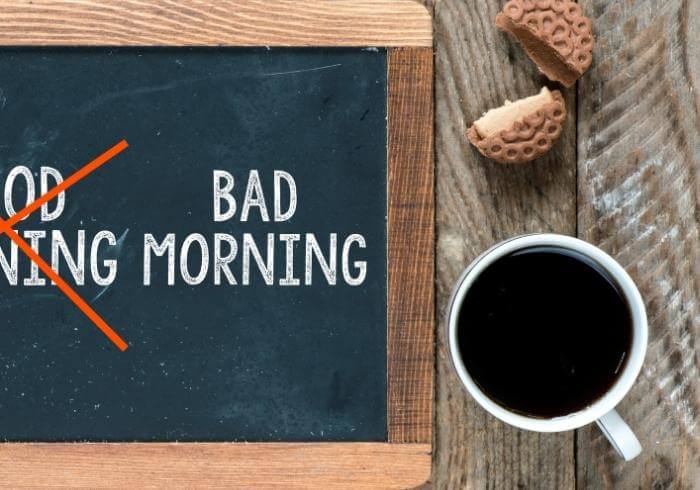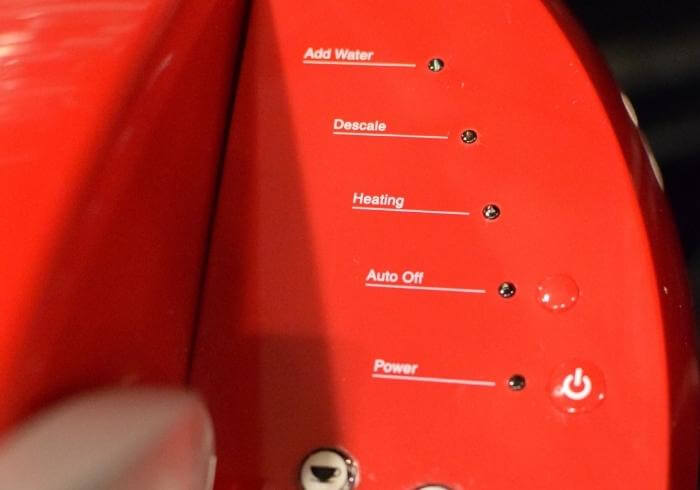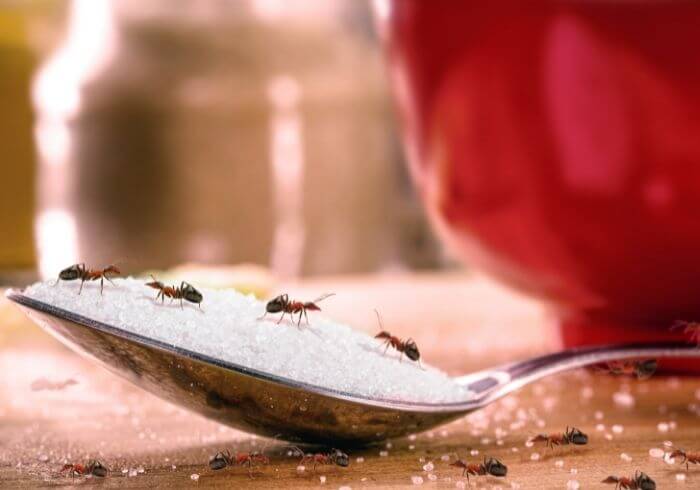Coffee 101 starts right here!
The best tasting coffee begins with high quality coffee beans. But even the most premium of coffees can be ruined by improper brewing, incorrect grind size or even the kind of water you brew with.
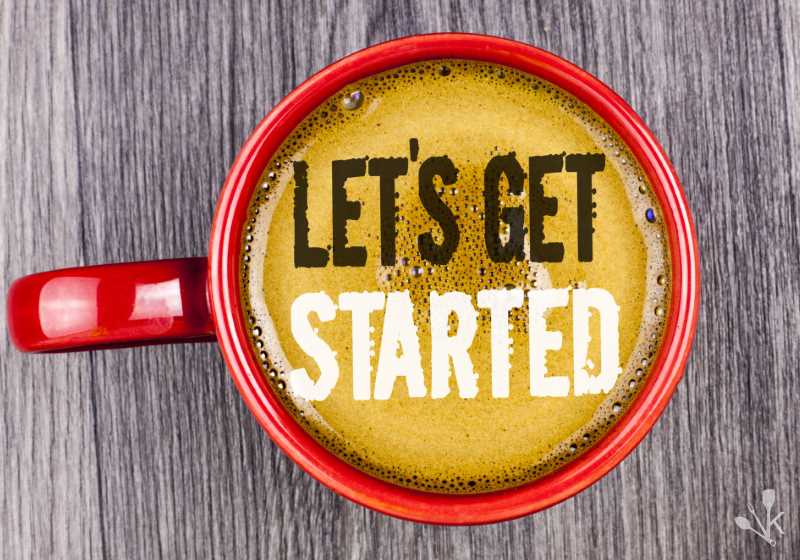
There are many ways to brew coffee and your personal preferences will play a large part in which method you choose.
In this coffee guide, you will learn different methods of coffee making, including bean selection and processing, coffee brewing methods, and essential coffee terminology.
Types Of Coffee Beans
Spend some time learning coffee terminology to gain an understanding of the different products and processes.
Watch out for terms such as “blend” and “Robusta“. Blends are often made up of inferior types of coffee, and Robusta is just one such type. When you see this term, you can expect a harsh flavor.
If you have only just discovered a passion for the humble cup of joe and are starting out on your journey, you will at very least be acquainted with what styles or flavors of coffee you like.
Find something that tickled your taste buds at your local café? Ask the barista what beans they used and that will give you an indication of where to start.
Arabica vs Robusta
There are two species or varieties of bean that you need to know about – Arabica and Robusta.
Arabica Coffee Beans

Arabica coffee beans are the most popular kind, with over half of the world’s coffee drinkers preferring this brew. These coffee plants are grown at high altitudes and are widely considered to be superior to Robusta.
- Sweeter in flavor
- Higher in essential oils
- Higher in acid
- Lower in caffeine
- Grown in the Western Hemisphere
- Most widespread type of coffee bean
Robusta Coffee Beans

Robusta coffee is more of the budget version. Chemically, it’s less complex than Arabica and tends to lack in flavor. This is the cheapest coffee you can get.
- Nuttier and more bitter
- Round shape
- Lower in acid
- Higher in caffeine
- Grown in the Eastern Hemisphere
- Used for decaffeinated coffees
Bean selection is a matter of taste. If the acid in coffee is hard on your digestive system, consider blending ground Robusta into your favorite Arabica, or choose from dedicated low acid coffee brands.
Know where good coffee comes from. Learn the names of the quality estates and seek out their offerings. Be sure to read labels to determine the country of origin of your coffee.
Coffee Origins
When it comes to flavor, it’s largely down to the country of origin of your chosen bean. Different soil types, climates and altitudes all combine to produce very distinctive varieties of coffee.
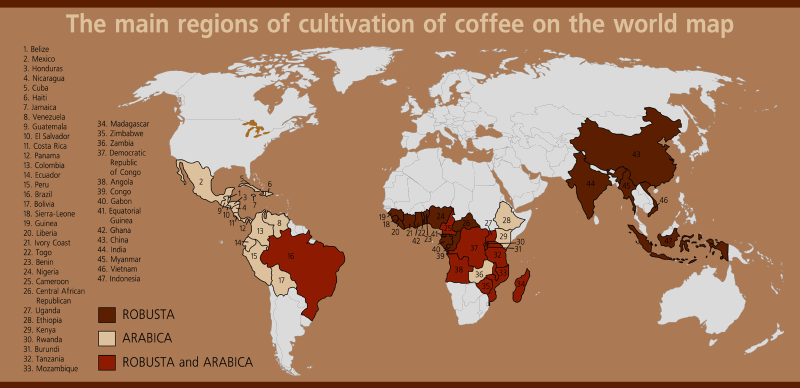
Here are some of the key spots around the world that produce delicious and varied coffee beans.
- Kona options from the Hawaiian Islands is delicate, sweet and extremely popular.
- Colombian coffee is bold and strong, with some hints of caramel and nut.
- Brazilian coffee can vary, but generally has a heavy, nutty flavor- great for espresso.
- Jamaican Blue Mountain coffee is rich in antioxidants.
- Sumatran coffee is mild and lower in acid.
As with all foreign beans, it’s important to check labels and certifications to ensure that you’re getting what is stated. Each of our guides has information sections on how to pick the best coffee and coffee certifications to look out for.
If you’re looking for something of a guaranteed quality that’s rather elite, we urge you to hunt yourself down a pound of Jamaica Blue Mountain coffee.
It’s highly regulated and produced in limited quantities, so is a bit of a luxury expense, but it will be one of the smoothest and richest coffees you’ve ever indulged in, with a full body and sweet flavor.
To make sure you’re getting the real deal, check for the blue mountain coffee certification mark.
Storage Tips: Store coffee beans carefully. You should keep them in a ceramic or glass container that has a lid that seals with a rubber gasket. Keep your beans at a cooler room temperature. Don’t refrigerate them because they may absorb odors and tastes from food. See more on the best ways of how to store coffee at home.
Roasts & Roasting Coffee
Roasting coffee beans activates the oil in the beans and brings it to the surface, impacting the flavor of the grind. Roasts are described in terms of color – the higher the temperature the bean reaches, the darker the color.
It’s important to note that the darker the roast, the less caffeine is actually left in the bean. Dark roasting also removes the acid from the flavor of the coffee.
- Light roasts are often referred to as a cinnamon roast and produce a mild coffee flavor. They are more acidic and contain more caffeine.
- Medium roasts are sometimes called American roast and offer a full, rich flavor. Medium dark roast beans have some oil on the surface and produce a bittersweet aftertaste.
- Dark roast beans are visibly oily after roasting and produce a bitter brew. Dark roasts are often referred to as Italian or European. Dark roasts are lower in caffeine. The more potent and bitter flavors from the longer roasting process tend to overpower any subtle origin flavors.
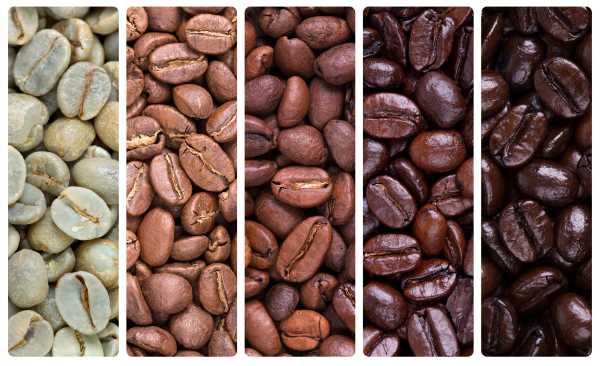
Roasting coffee at home takes a careful eye. You want your beans to be evenly warmed but not to spend too much time at the edge of the roasting pan, or they will crack and the oil will burn.
Be prepared to manually stir your beans if your home coffee roaster isn’t moving the beans efficiently.
When deciding on what level of roast to choose, you may need to experiment a little. Generally, if you don’t like bitter coffee, you can give the dark roasts a miss and go for the light roast to get that smooth taste, and vice versa.
If you invested a substantial amount of money in an origin bean in order to enjoy some exotic flavors, you may prefer to opt for a light roast which brings out those particular origin elements.
However, at times those origin flavors can be too overpowering – too fruity or to nutty. If that is the case, go for the medium roast.
The dark roasted beans are for the true-blue, hardcore coffee drinkers who like their beverage thick, bold and just a tiny bit charred.
Grinding Coffee Beans
Even the very best grocery store coffee can’t compete with beans that are freshly ground. If you are unable to purchase freshly ground coffee at the grocery store, consider buying fresh beans to grind yourself at home.
This means that you will need to get a sensible coffee grinder. There are many very fine coffee grinders on the market, but they do come at a price.
Be aware that some of the less expensive electric coffee grinders do a perfectly fine job, and you can even use your blender to grind your coffee if you wish.
Coffee Grind Sizes
Grind size will totally depend on the method of brewing you choose. For example, if you use an Aeropress or Moka pot you’ll need a fine grind.
Drip coffee suits a medium grind, while a French Press, percolator or Chemex should use a coarser grind. Espresso machines or Turkish coffee makers need an extra-fine grind.

You want to strike a fine balance and avoid over-extraction and under-extraction.
- Over extraction occurs when your grounds are too fine and too much flavor is extracted. The resulting coffee will be far too bitter and lacking body.
- Under extraction happens with grounds that are too coarse – your brewing method hasn’t been able to draw out enough flavors from them. This results in a sour coffee distinctly lacking in sweetness.
As a general guide, a coarse grind will resemble sea salt particles; a medium grind coarse sand; and a fine grind will be even finer than table salt.
Again, half the fun is being a bit of a scientist in your very own coffee lab. Try out a few different grind sizes with your chosen brewing method and see what floats your boat.
Coffee Brewing Methods
Drip coffee makers generally brew coffee into a glass pot on a burner, or may brew directly into a carafe.
If you prefer a manual brew, you can use a French press or a gravity fed pot such as a Chemex. Both of these manual pots offer coffee fans the chance to make a cold brew, which can result in a smooth, full-bodied beverage with little bitterness.
There are different types of coffee filters, but you should use high quality filters. If using paper filters, be sure to look for those that are dioxin free or oxygen bleached. If purchasing a reusable filter, be sure that it is stainless steel or gold plated for the best flavor.
Make sure your measurements are precise. The standard coffee cup is 6-ounces, and you should use two level tablespoons of ground coffee for each 6-ounce cup. If your cups are 8-ounces, use slightly heaped tablespoons.
Whether you decide to go for an “all-the-bells-and-whistles” style automatic machine to do the hard work, or prefer to roll up your sleeves in the quest for the perfect cup, once you’ve chosen your beans and grind, it’s all downhill from there.
Brewing Duration
How long should you let your coffee brew to get the perfect result? It varies between methods – and again, is dictated by personal taste.
- An AeroPress can produce your finished brew in around 30 seconds, while a French Press or percolator may take around four minutes.
- Automatic machines like a grind and brew coffee maker take the guesswork out of the equation, with many having pre-programmed brew times corresponding to your chosen kind of coffee.
Best Water For Coffee
To get the best cup of coffee, you really need to use pure water that won’t alter the taste of your brew.
Invest in a water filtration pitcher with an activated charcoal or carbon filter to get rid of chemicals and unwanted tastes.
Freshly filtered tap water produces a far more lively and vibrant brew than any bottled water. Water that has been bottled is “dead” water.
A filtration pitcher will make all the difference in the world to the flavor of your coffee. It may also save you a fortune on water if you are currently drinking bottled water. You can see our guide for more on how to choose the best water filtration system for you and your home.
Coffee Water Temperature
Ensure your water is the right temperature when brewing. Water that is too hot will simply produce unpleasant, bitter coffee.
The right temperature for brewing is approximately 200F. This is the temperature that is arrived at just before water comes to a full boil. If you’re using a standard coffee maker, you can expect that it will regulate the temperature on its own.
If you are percolating or using some other manual form of brewing, you must keep a close eye out and lower the heat just before the boiling point.
Clean Your Coffee Equipment
Clean all your coffee preparation equipment on a regular basis. High-quality coffee contains a great deal of oil.
If you are using your equipment to process and brew several different types of coffee, this will result in a muddled flavor if you do not keep your equipment clean.
At least once a month, you should wipe down your coffee grinders and storage containers to remove excess oil buildup.
Descaling Mineral Buildup
You should also “brew” a strong solution of vinegar and water in your brewing equipment at least once a month to remove mineral deposits. After running the vinegar solution through your equipment, brew a pot of plain fresh water to rinse away the vinegar taste.
If you’re using a Keurig coffee maker, you’ll need to follow specific instructions as laid out in our guide on how to descale Keurig 2.0.
Final Thoughts
When you learn to truly appreciate the nuances that distinguish one fine coffee from another, you open yourself up to a whole new world of pleasure and enjoyment.
Once you have cultivated a taste for excellent, pure black coffee you are sure to find yourself just as enthusiastic about exploring and sampling new varieties as even the most avid wine lover is about wine tasting.
However, if slugging down a calorie laden, syrupy coffee concoction is your thing, doing it from the convenience of home can save you time and money.
As a beginner to brewing coffee, there are plenty of options to get you in the game, and plenty to explore when you want to take it to the next level.

